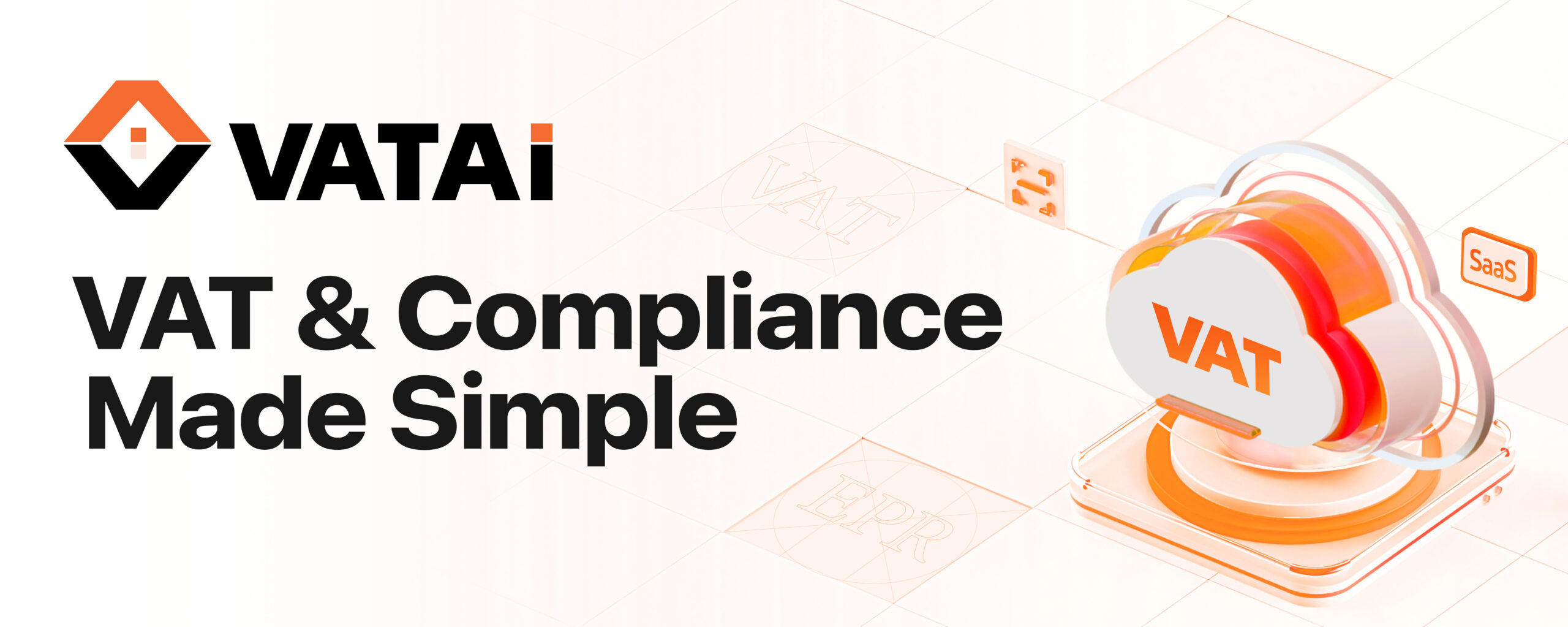AN INTRODUCTION TO UK VAT
- VAT was introduced in the UK in 1973 when the country joined the European Economic Community.
- It was initially designed to replace purchase tax and is now one of the world’s oldest and most established VAT regimes.
- Over the decades that followed, VAT in the UK closely followed the EU’s VAT Directive and was subject to relatively few major amendments.
- The British government last changed its standard VAT rate from 17.5% to 20% in 2011; a figure at which it remains today.
- However, since the Brexit vote in 2016 and the UK’s subsequent departure from the EU in 2021, there have been numerous changes to British VAT and the requirements placed on businesses trading in the country.
- Nonetheless, VAT remains an important financial lever for the authorities. Indeed, VAT is the UK government’s third-largest source of revenue – behind only income tax and national insurance – contributing more than £160 billion each year.
- It is operated by HM Revenue and Customs (HMRC), which offers a range of publications on the administration of VAT in the UK.
- Any business – whether it is based in the UK or not – may be liable for collecting and remitting VAT, so it is imperative to comply with the relevant regulations; which includes specific reporting obligations.
- With the UK now out of the EU VAT regime, keeping your goods flowing and import taxes minimised is trickier than ever before.
Source Innovate Tax
Collection of Country VAT guides on VATupdate.com, click HERE














